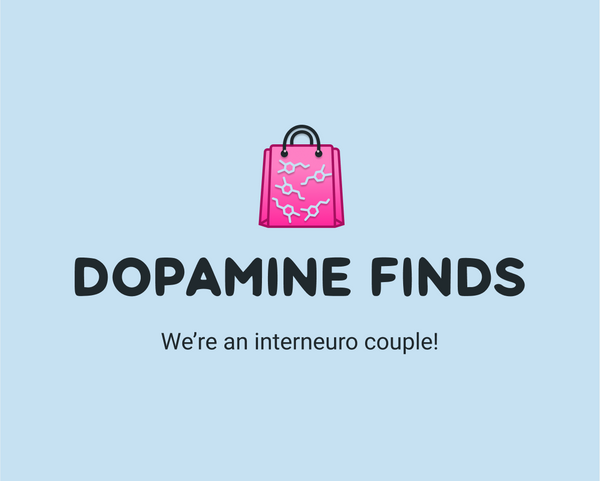In relationships where one partner has AuDHD (a combination of Autism Spectrum Disorder and Attention Deficit Hyperactivity Disorder) and the other is neurotypical, navigating the journey together requires understanding, patience, and mutual respect. This unique dynamic can present challenges, such as differing communication styles and sensory sensitivities, but also offers a rich opportunity for growth and deep connection.
Understanding AuDHD in Relationships
AuDHD brings a mix of autism and ADHD traits, leading to unique experiences and perspectives. Individuals may face challenges with social cues, hyperfocus, impulsivity, or sensory processing. Recognizing and valuing these differences is crucial in a relationship, as it paves the way for empathy and support.
Communication Strategies
Open and clear communication is essential. Strategies include using direct language, scheduling regular check-ins, and employing visual aids or written notes to help clarify and reinforce verbal discussions. It's important for the neurotypical partner to be patient and for the AuDHD partner to express their needs openly.
Creating a Supportive Environment
A supportive environment acknowledges sensory preferences and creates routines that consider both partners' needs. This might involve designated quiet times, organized spaces that reduce overwhelment, and flexibility in plans to accommodate shifting moods or interests.
Embracing Differences
The strength of AuDHD and neurotypical partnerships often lies in the blend of differing abilities and perspectives. Embracing these differences can lead to a balanced relationship where each partner's strengths are recognized and celebrated. This includes acknowledging the creative problem-solving and intense focus that AuDHD individuals can bring to the relationship.
Overcoming Challenges Together
Challenges such as managing social expectations, emotional regulation, and executive functioning tasks can strain relationships. Working together to create strategies, like setting reminders for important dates or breaking down tasks into manageable steps, can mitigate these issues. Seeking support from therapists who understand neurodiversity can also provide valuable tools and insights.
Conclusion
Relationships involving AuDHD and neurotypical partners are journeys of continuous learning and adaptation. By fostering an environment of understanding, communication, and support, couples can build a strong, resilient foundation that honors both partners' neurodiversity. Together, they can navigate the complexities of life, celebrating both the challenges and triumphs of their unique partnership. As we continue to navigate the unique dynamics of AuDHD and neurotypical relationships, we are committed to providing more tips, insights, and support to help couples thrive. Stay tuned for further exploration of this topic sign up for our newsletter in the footer.

